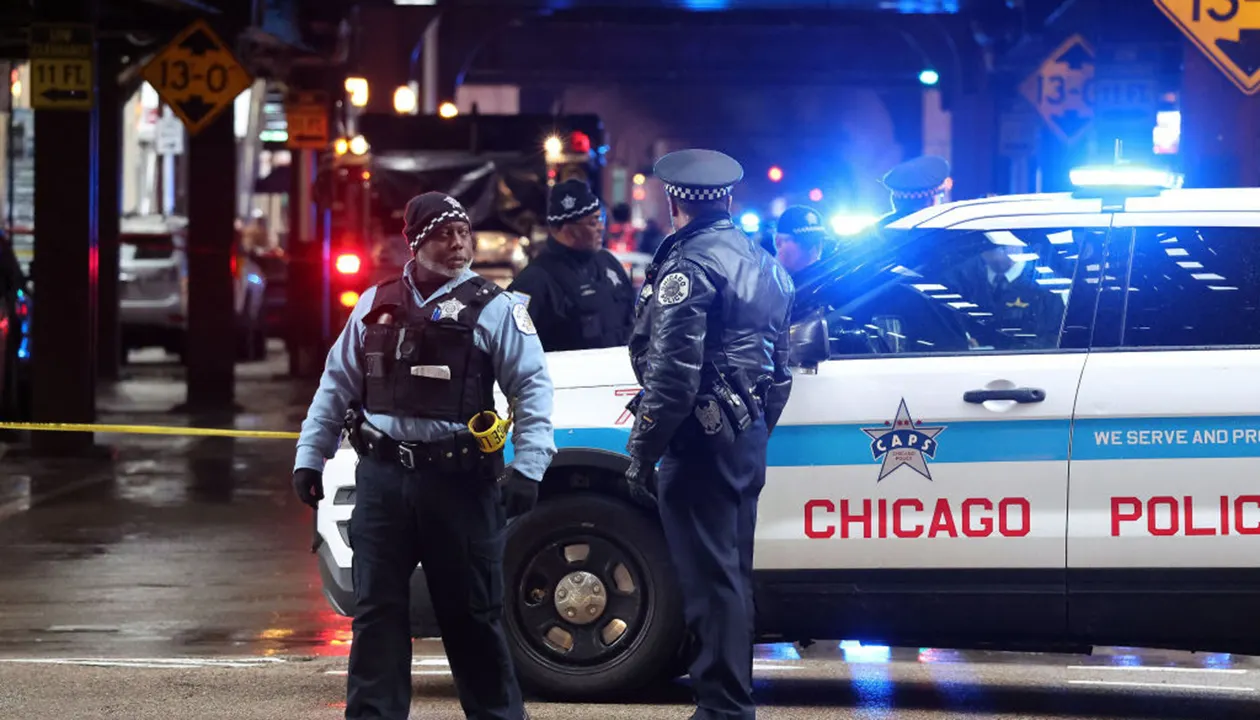Following a series of high-profile airplane failures, crashes, and extensive safety investigations, many passengers have expressed growing anxiety about flying — and there’s even an entire Subreddit devoted to the subject.
While there are countless factors that go into a successful flight, landing and takeoff are perhaps the two most difficullt parts of a trip.
Of the 1,468 accidents recorded in 2024 by the International Air Transport Association, 770 occurred on landing and 124 during takeoff. Meanwhile, 68 incidents happened during the cruise phase.
In light of these statistics, one pilot shared his least favorite part of flying.
Steve Schreiber recently answered a series of questions from prying passengers in a video on his YouTube channel, Captain Steeeve, which has amassed over 660,000 subscribers.
When one viewer asked if pilots are typically more nervous landing or taking off, the veteran pilot had the perfect answer to assuage fearful fliers: “It’s Captain Steve, I’m not nervous.”
“But if I knew a pilot who would be more nervous at one phase of a flight than another, it would probably be taking off.”
“The airplane is as heavy as it’s going to be, the power is all the way up, and you’re as slow as you’re going to be,” he explained. “Once you lift off the ground, you’re going to accelerate, you’re going to burn fuel, you’re going to get lighter, and then you can pull your power back.”
Although statistically speaking, takeoff proves to be less perilous than landing, it does set the tone for the rest of the flight, and there are still potential dangers — including some that are exacerbated by weight and fuel content, as Schreiber mentions — that can hinder a successful takeoff.
However, Schreiber maintained that the most important thing a pilot can do is stay calm and keep in mind the extensive training, education, and certification they receive.
During both landings and takeoffs, there are numerous outside factors that pose risks to the aircraft, including potential traffic and miscommunications on the runway, birds obstructing the flight path, and engine overexertion.
In 2025 alone, several high-profile airplane accidents have occurred during or shortly after takeoff.
The Air India crash, which killed over 200 people, happened just moments after takeoff, when the plane was seen plummeting to the ground as a result of power failures inside the plane.
In the U.S., a collision almost occurred at LaGuardia Airport when a jet attempted to take off on the same runway that another plane was still taxiing on. The incident, which occurred earlier in 2025, was reportedly the result of a miscommunication between air traffic controllers on different frequencies.
Back in March, a FedEx plane taking off from Newark Airport was forced to make an emergency landing after a bird struck the engine, resulting in a large, explosive fire.
In the same video, Schreiber also debunked another major airplane question and told viewers: “Folks, you ought to put your devices in airplane mode.”
According to the veteran pilot, most modern devices — phones, computers, and tablets, among others —emit microtransmissions that can mess with the navigation equipment, and in an age where airplane accidents can occur at the smallest fault, the captain said: “You really want the navigation equipment on the airplane to operate.”













